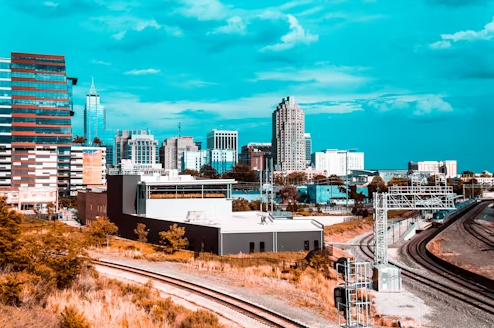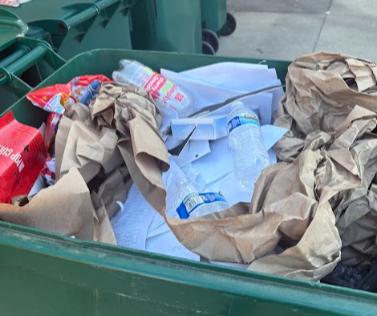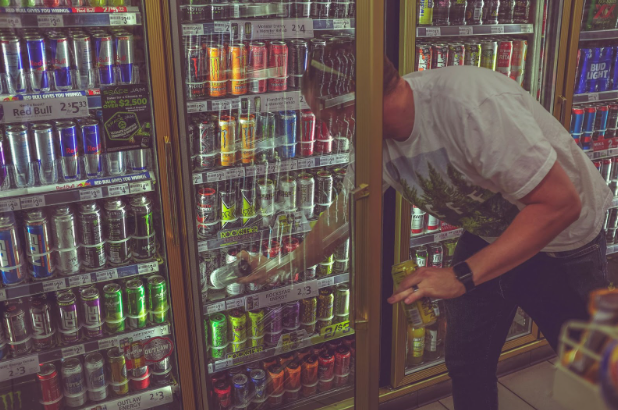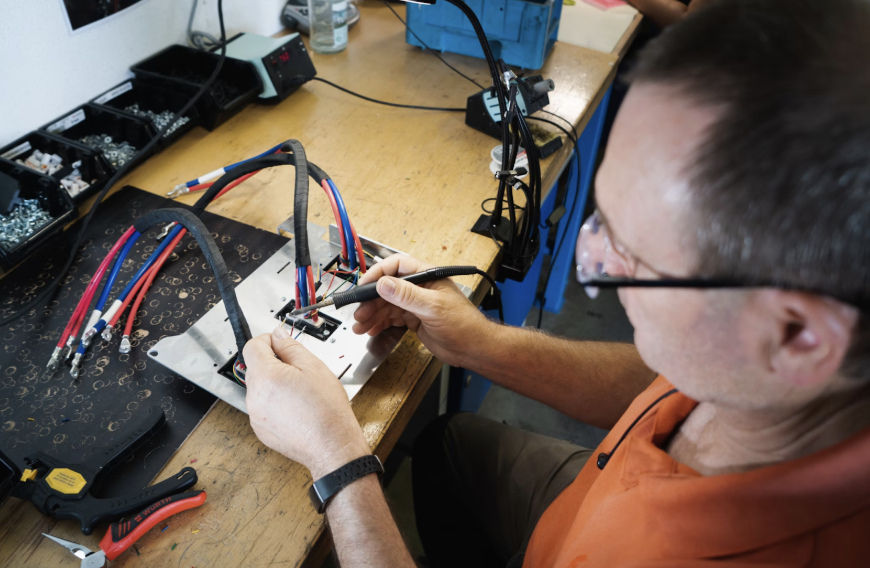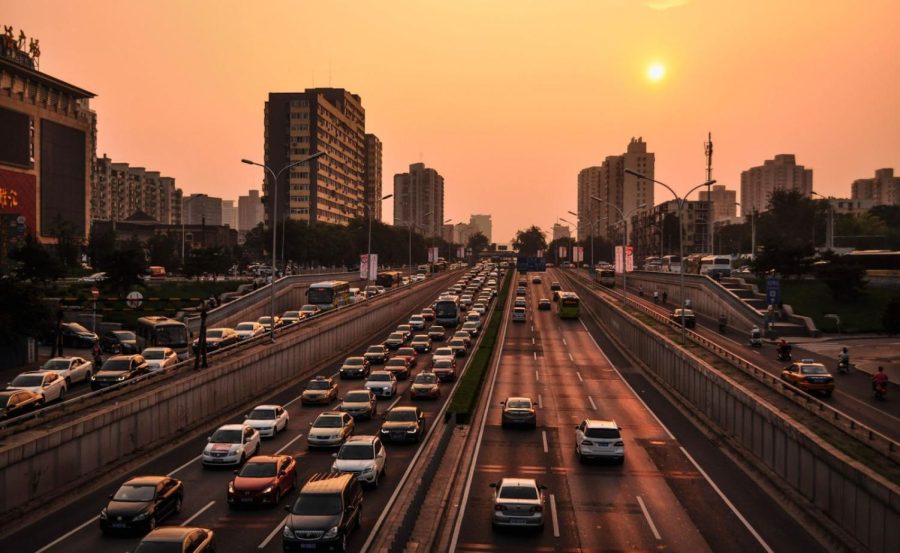Stay in your lane: America’s diminishing walkability
The influx of industrialization ruined walkability in both cities and suburban areas.
December 1, 2022
Prior to the invention of Ford automobiles, America was ruled by trains and pedestrians. However, in the 20th century the United States took a venture into the world of personal cars as a primary mode of transportation, a trend that continues to grow and escalate.
After the economic boom of World War II, interstate highways became a symbol of strength and endurance, uniting the fifty states more than ever, but at what price? Residencies, city downtowns, and historic landmarks were all demolished to make way for massive roads. The car became more powerful than the pedestrian, not just in strength but in character. Automakers created jaywalking laws that shifted the blame from their consumers to the pedestrians. This trend still continues, with increasing drawbacks for everyone involved.
North Carolina’s triangle region is famous for many things. Cary, a prominent city in the area, is home to Green Hope High School, which itself is no stranger to this dilemma. Carpenter Upchurch, the road leading to the school is inconvenient to walk on bordering the line of dangerous with its high speed limit and narrow shoulder. It snakes through to the school with no sidewalk, barely any markings, and poor illumination during the early winter mornings, making it especially difficult for students to reach school via walking or biking.
Many cities in North Carolina remain impossible to walk through. Raleigh, for example, has a total walkability score of 29.9; a good score being at least a 50. Other cities, such as Greensboro, Durham, Charlotte, Winston-Salem, have an even lower walkability score, raising room for concern.
The value of public transportation needs to be recognized as it would take the burden off of far distance commutes. Not only would public transport it decrease consumers’ dependency on personal cars, but it would also aid the environment, emitting much less carbon dioxide. Taking the weight off of cars and placing it on to more walkable cities and public transportation would improve America’s way of life.
The United States has placed too much emphasis on cars, leading to the deterioration of cities and its inhabitants. Addressing such concerns may finally be able to mitigate the damage done, leading to societal benefits for all.





